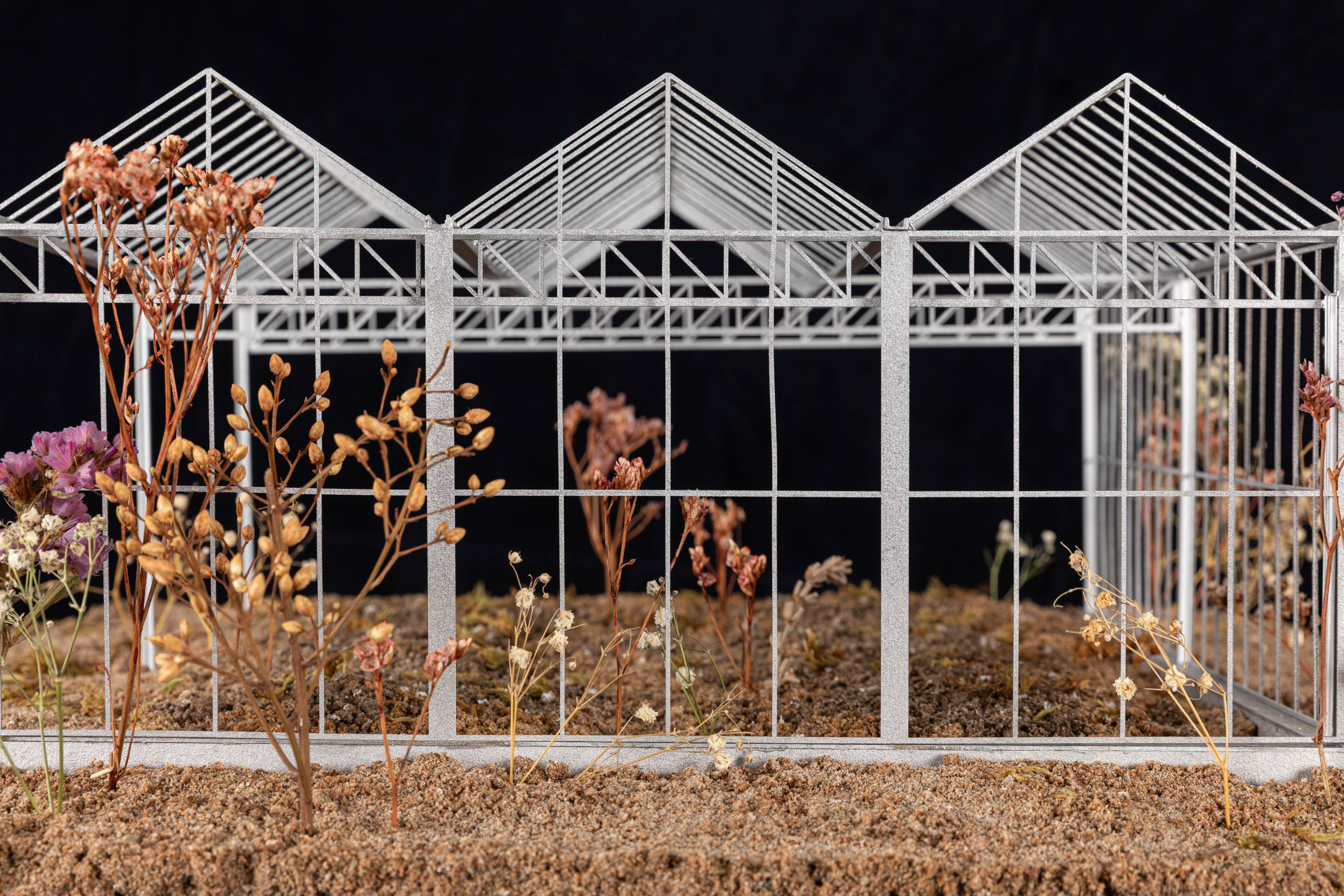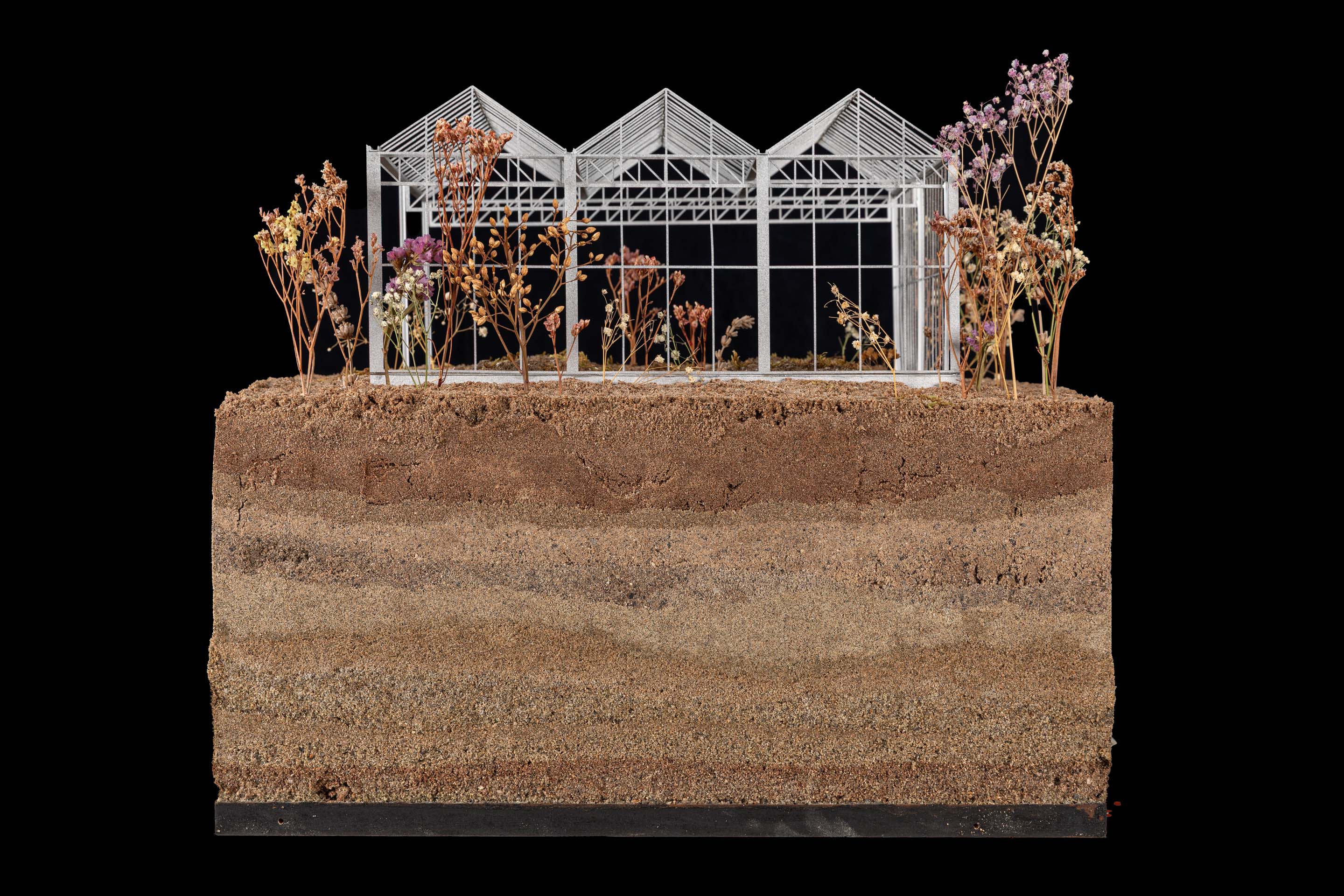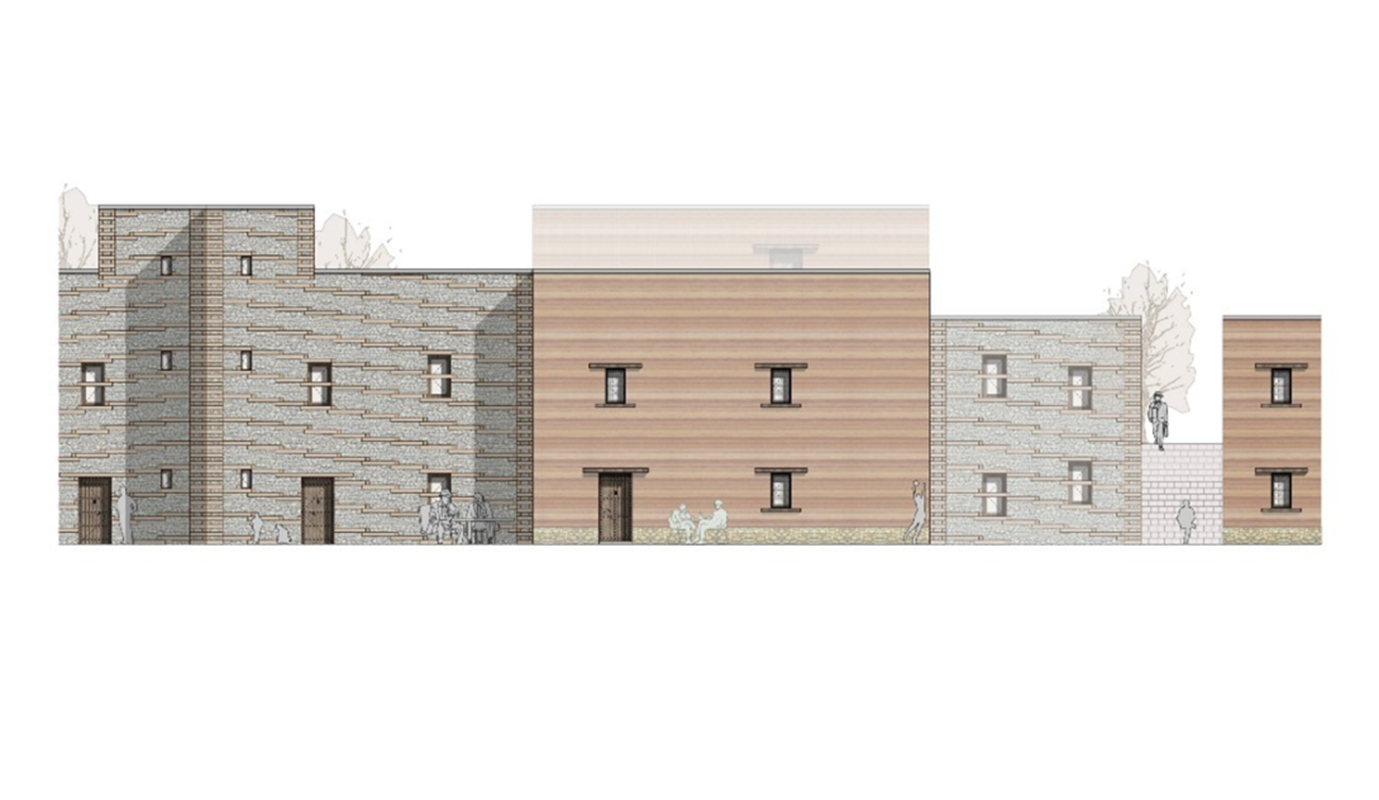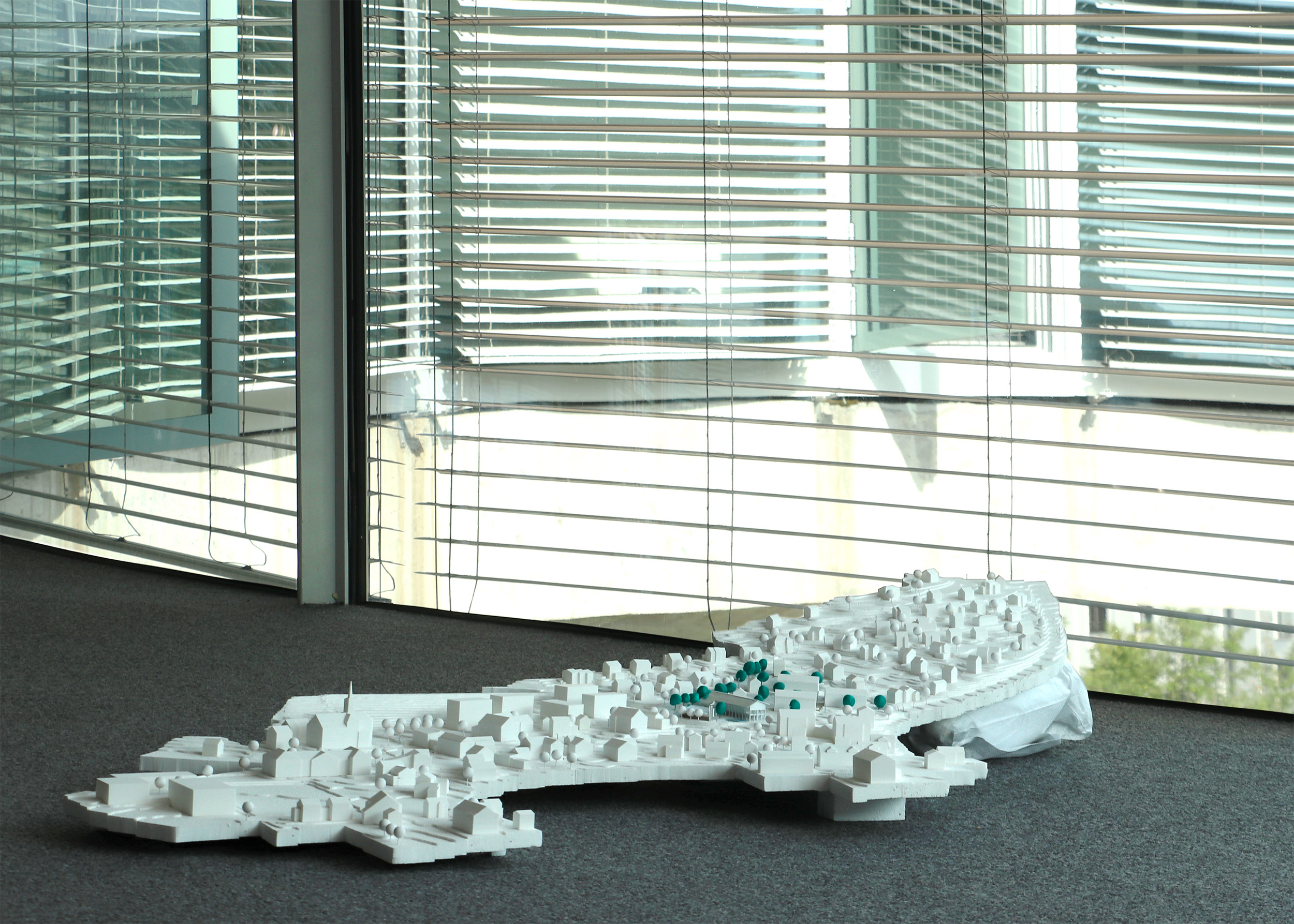Projekt von
Maria Giulia Folonari
Begleitung
Frédéric Bonnet
The project begins with the observation of what lies beneath the surface, focusing on what we do not immediately see, but that shapes a its possibilities: the invisible. By understanding its history, I saw how the site became what it is today, abandoned and polluted. I asked myself how to act on this invisible layer. I found an answer in compost and biochar: compost from organic waste, biochar from biomass. Together, they clean the soil, support microbial life and block heavy metals. Infrastructures are reconfigured to support the environment. People are already there, inhabiting a space that is still evolving. This is not a project that waits to be complete to be used; it is a space that invites us to live inside transformation, and to let the invisible become generative.









